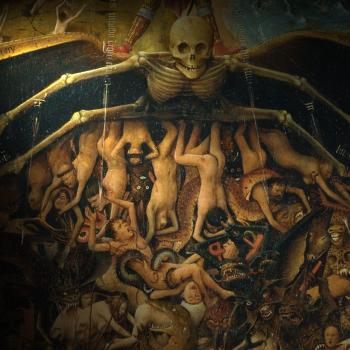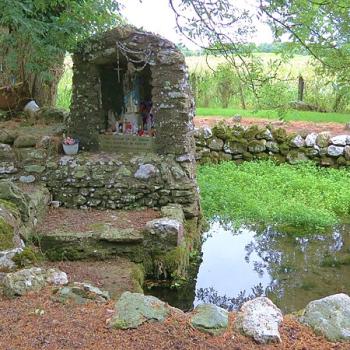Even as the Celtic culture grew, it remained far from homogenized. The numerous tribes retained their own regional practices, dialects, and customs, but there were still quite a few similarities. Most practiced animism, a belief that all things contain a cognizant spirit. Another commonality was a term for an exalted being: Brig or Brid. One medieval inventory listed ten different Brighids, twelve Brígs, and three known as both. This led researchers, Goddess lovers, and folklorists to believe that there once was a great Goddess named Brig (later, Brigid) and she ruled over all the Celtic world. In reality, Brig's literal meaning of "the Exalted One" or "The Great Lady" was frequently applied to female entities as well as women in positions of power. One example in Ireland was a first-century woman called Brigh who held office as a judge. It is less likely that the woman's name was Brigh and more likely that it referred to her position as a supreme judge who was also female. Brig and its variations were attributed to sacred items, places, and concepts, such as Bríg Ambue (The Great Lady of Justice) or Bríg Brigug (The Great Lady Who Provides, a reference to fertile earth). The animist spirit was often female and so the title Brig was often applied to the spirits believed to inhabit sacred places such as wells and blacksmith shops. Practices of great renown such as the Bardic arts were also believed to contain feminine spirits, which influenced their cultivation. Over the centuries, foreign ears heard the term Brig and may have assumed it to be a singular Goddess who held jurisdiction over innumerable things. Over time, Brig popped up in various roles—large and small—in myth and lore, and eventually evolved into a singular, massively popular figure with highly diverse traits. Brig, the Exalted One, was said to be so great that a human could only reach as high as her brass shoe. While Brig was spirit of many things, she was primarily the green earth itself. This should not be confused with being a Goddess "of" the earth. Brig was not a caretaker or steward. The earth was alive and cognizant. Brig was its spirit and the soil, rocks, hills, and rivers were her body. Today, images commonly associated with Brigid include three identical women, but these do not appear on any pottery, monuments, or artifacts from the pre-Roman Celtic era. For centuries, the Brig existed in word and worship of the landscape, alone. The Celts made few—if any—carved images of their Divine. If their Goddess could be seen in the earth they walked upon, was a carved image even necessary?
Eventually, Brig would emerge in chiseled stone. Statues of Brig appeared in what is now Britain, where she was called Brigantia. These carvings made their appearance as the Roman influence increased in the Celtic world. The Romans carved images of their Deities and likely inspired the process. Some of the first statues and etchings of the Celtic Deities were courtesy of the Romans, themselves. Brigantia's first images are quite similar to those of the Roman Goddess Minerva, a Patroness of wisdom, war, and urban living. Like Minerva images, Brigantia was depicted wearing a helmet and carrying a spear, but her trademark image was a jug of water, which Minerva was not seen carrying. The water image preserved her connection to the rivers and streams sacred to the Celtic world. Minerva was indelibly important to the Romans. Brigantia's strikingly similar depictions underscore her equal importance to the Celts. One theory suggests Brigantia was a sole invention of the Romans, looking for a local Goddess to identify with in their newly colonized land. Hearing "Brig . . . Brig . . ." on the tongues of the natives may have confused the Romans, leading them to assume there was a great regional Goddess named Brig rather than Brig being an animist-influenced title. Then again, maybe they were right.




